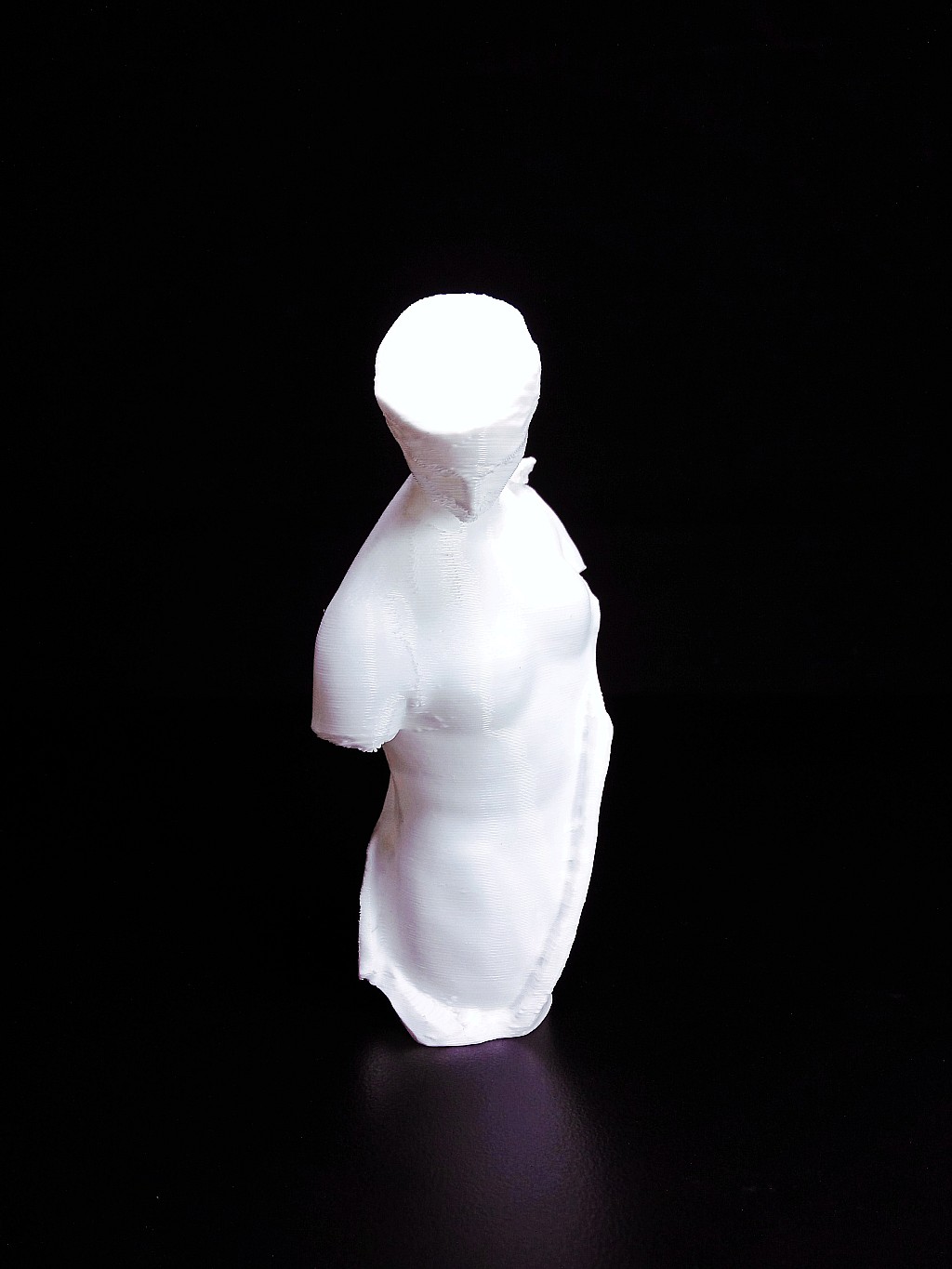
Psyche (Fragment of the statue)
myminifactory
The new Fragment The body forms are softer and more delicate, the transitions are less sharp, firm, but without athletic power. The surface acts like a living flesh, just as the garment seems genuine to the glimpse. Who is depicted? Cupid and Psyche is a story originally from Metamorphoses (also called The Golden Ass), written in the 2nd century AD by Lucius Apuleius Madaurensis (or Platonicus). It concerns the overcoming of obstacles to the love between Psyche (/ˈsaɪkiː/, Greek: Ψυχή, "Soul" or "Breath of Life") and Cupid (Latin Cupido, "Desire") or Amor ("Love", Greek Eros ’′Ερως), and their ultimate union in a sacred marriage. Although the only extended narrative from antiquity is that of Apuleius, Eros and Psyche appear in Greek art as early as the 4th century BC. The story's Neoplatonic elements and allusions to mystery religions accommodate multiple interpretations, and it has been analyzed as an allegory and in light of folktale, Märchen or fairy tale, and myth. Since the rediscovery of Apuleius's novel in the Renaissance, the reception of Cupid and Psyche in the classical tradition has been extensive. The story has been retold in poetry, drama, and opera, and depicted widely in painting, sculpture, and even wallpaper. Psyche's Roman name through direct translation is Anima. Technical/Specification about the statue While most Greek monumental sculpture consists of bronzes, Praxiteles preferred to work in marble. More about the artist Praxiteles (/prækˈsɪtᵻliːz/; Greek: Πραξιτέλης, etymology: he who finishes his works) of Athens, the son of Cephisodotus the Elder, was the most renowned of the Attic sculptors of the 4th century BC. He was the first to sculpt the nude female form in a life-size statue. While no indubitably attributable sculpture by Praxiteles is extant, numerous copies of his works have survived; several authors, including Pliny the Elder, wrote of his works; and coins engraved with silhouettes of his various famous statuary types from the period still exist. A supposed relationship between Praxiteles and his beautiful model, the Thespian courtesan Phryne, has inspired speculation and interpretation in works of art ranging from painting (Gérôme) to comic opera (Saint-Saëns) to shadow play (Donnay). Some writers have maintained that there were two sculptors of the name Praxiteles. One was a contemporary of Pheidias, and the other his more celebrated grandson. Though the repetition of the same name in every other generation is common in Greece, there is no certain evidence for either position.
With this file you will be able to print Psyche (Fragment of the statue) with your 3D printer. Click on the button and save the file on your computer to work, edit or customize your design. You can also find more 3D designs for printers on Psyche (Fragment of the statue).
